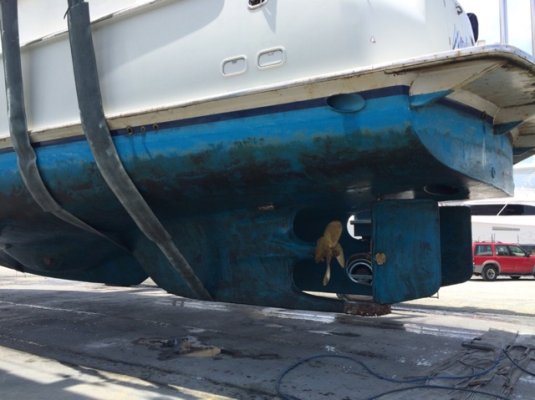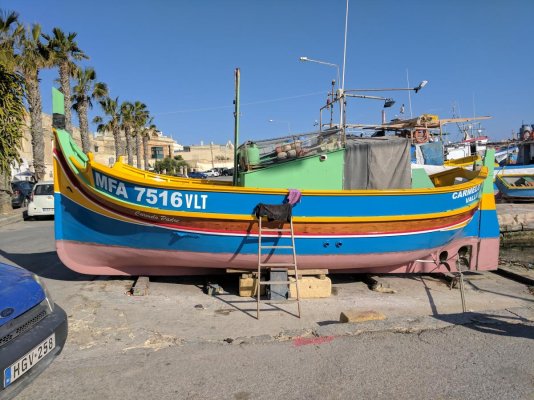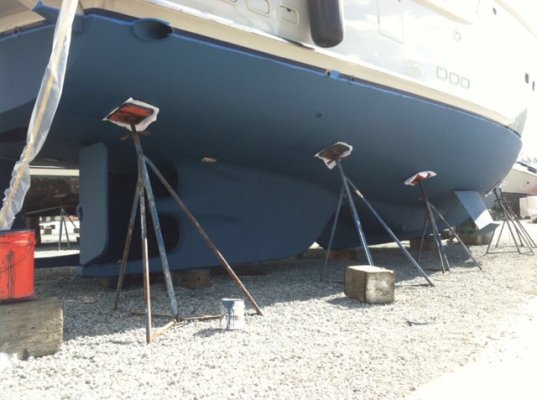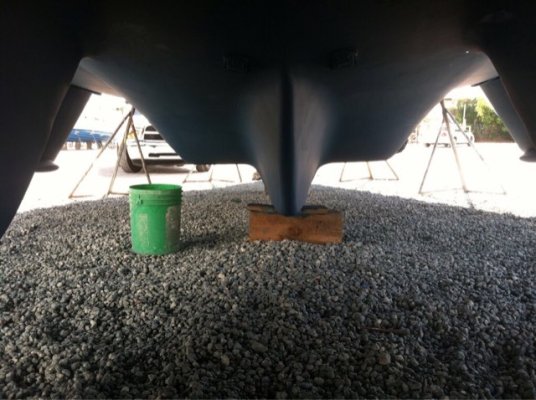LarryM
Guru
- Joined
- Aug 5, 2011
- Messages
- 1,069
- Location
- USA
- Vessel Name
- Pelago
- Vessel Make
- Wellcraft 3300 Coastal
Still the biggest difference between singles and twins is weight and power.
Eric,
Not necessarily so. My new to me boat has twin Cummins 5.9 BTA's that weigh 1075# ea (w/o gears) or 2150# for the pair, and produce around 650HP.
Looking around at 600-650HP diesels for a comparison between singles and twins, I found these specs:
Volvo D8-600 - 1852#
Cummins QSC8.3 - 1975#
Cat C8.7 - 2295#
Cummins QSM11 - 2475#
MAN D2840 LE - 2976#
Yanmar 6HYM-ETE - 3047#
8V92 Detroit - 3815#
I threw in the DD just for grins, but you see where this is going. My twins are lighter than many of the singles in that horsepower range. The lighter ones are higher-speed diesels, but all of these are common engines found in planing cruisers and sportfishing boats, where weight is often an important factor.
The very lightest is only 298# lighter, the weight of one big guy with gear!










